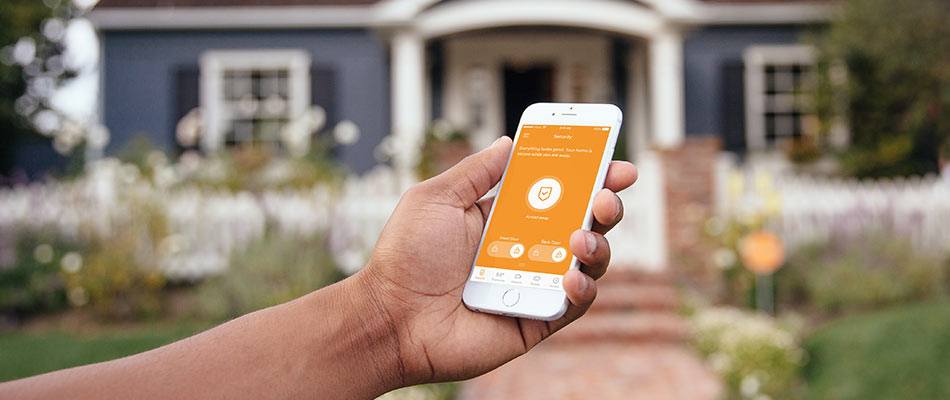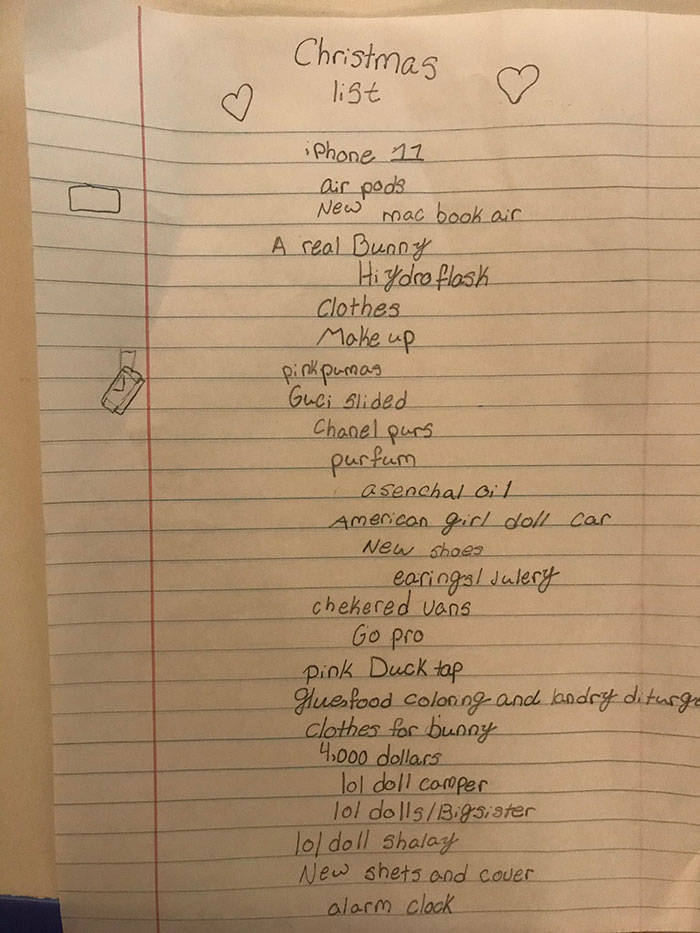Table of Content
The 30-year fixed rate on a jumbo mortgage is higher than the 52-week low of 6.61%. The average rate for refinancing a 30-year fixed mortgage is currently 6.78%, according to Bankrate. For refinancing a 15-year mortgage, the average rate is 6.07%, and for 20-year mortgages, it’s 6.62%.
Those monthly savings can be put toward daily living expenses, emergency funds, investments, or paid back into your mortgage to pay the loan off early and save you even more money in interest. Refinancing is usually worth it if you can lower your interest rate enough to save money month-to-month and in the long term. Depending on your current loan, dropping your rate by 1%, 0.5%, or even 0.25% could be enough to make refinancing worth it.
Streamline refinance
Before you start searching for the perfect home loan, find the best mortgage rates and loans at realtor.com®. Here are the costs to expect when refinancing your mortgage, according to real estate experts. The Federal Housing Administration is an agency of the U.S. government.

In comparison, a cash-out refinance originates a new, single mortgage. However, homeowners who qualify for VA loans have more options; there’s a VA cash-out loan that allows for 100% equity withdrawal. Keep in mind, you’ll likely pay a higher rate and monthly PMI, so it’s important to weigh your decision carefully.
Rate-and-term refinancing
For example, the first $10,000 of your project may add $20,000 to the value of your home. While the next $10,000 of renovations may add $15,000 of additional home value. This is just an example and will differ depending on the home and the neighborhood. If you are looking to gain the most increase in the value of your home from your renovation project, focus on Kitchen Bathrooms Basement. Improvements in these areas will have the most effect on increasing your appraised value and market value.

See a few more good examples of how to use a cash-out refinance here. “These additional funds can be used for many purposes, including home improvements, consolidating debt, and other consumer needs or wants,” says Tom Trott, branch manager at Embrace Home Loans.
What is LTV and how much equity do you need to refinance?
Rates on adjustable-rate mortgages will eventually start fluctuating with the broader market each year. If you have an ARM, refinancing lets you lock in a fixed rate based on current market conditions and your credit profile. And it can result in you paying less in interest payments over the life of your loan,” says Ailion. You’ll now have a $520,000 mortgage balance and a higher monthly payment of $2,558 after refinancing to a 4.25% rate. “Most borrowers choose the latter— lumping the closing costs into the loan so they can receive the lowest possible rate. But that’s not always the best option unless you plan to stay in your home for at least several years,” says says Tom Furey, co-founder of Neat Capital.
That’s because you’re no longer paying 25% interest on the credit card debt,” adds Ho. But if you’re still saving enough when compared to your existing mortgage loan, this strategy can still pay off. If you’re going to spend the time and money to refinance your home loan, make sure to take the time to compare multiple offers from different lenders. A difference of even 1 percent can make a big difference over the life of your loan.
Types of cash-out refinance loans
If rates decrease during the time period, you may have the opportunity to “float down” the locked rate to the currently offered lower rate. Mortgage lenders tend to give the best mortgage refinance rates to applicants who have the strongest credit profiles. That’s a decent monthly savings, but it will likely take you over three years to break even with closing costs. So you want to be sure you’ll keep the refinanced loan for at least that long. Loan Balance$250,000Current Interest Rate3.75%New Interest Rate2.75% (-1%)Monthly Savings$250Closing Costs$5,000 (2%)Time to Break Even20 months (1.6 years)Worth It?
If you've gained equity of at least 20%, whether by appreciation or by simply paying your mortgage, you may be able to refinance to cancel mortgage insurance and save money with each monthly payment. Once you’re ready to move forward, it’s time to apply for your loan. Your rate will be determined by your credit score and the amount you’re borrowing, and you’ll receive a detailed loan estimate, disclosures and a summary of closing costs before moving forward. The big thing to note about FHA refinancing is that you always need mortgage insurance. If you have an LTV below 80%, you will often not need to pay for that insurance with other types of loans. They can help you look for hidden costs, like unnecessary insurance requirements, and tell you how they can impact the total amount you’ll pay over the life of the loan.
You can also speed up your loan repayment to a bi-weekly cadence, which many lenders allow. Bi-weekly payments equate to one extra payment each year and 51 fewer months on a 30-year loan. Before signing, confirm a bi-weekly payment option with your lender. Refinancing a mortgage is the process of replacing your existing loan by acquiring a new home loan in its place that suits your financial circumstances. Aside from a small ding for having your credit pulled, a cash-out refinance does not affect your credit score.

The good news here is that you don’t need to have an appraisal, and there are fewer hoops to jump through. Someone who’s only going to keep the refinanced loan for 3-5 years, for instance, will not pay nearly as much extra interest as someone keeping it the full 30. You can use them as guidance, but make sure your refinance decision is based on your own loan details and financial goals. Then, the decision to lower your rate by 0.25% via a refi gets more complicated. Refinancing for 0.25% might also make sense in the case of a debt consolidation refinance. A quarter-point rate drop may also benefit someone with a large principal borrowed.
However, instead of it being part of your mortgage, it’s a revolving line of credit, up to a defined maximum amount, secured by your home. Interest rates are usually variable, and you’ll only pay interest on the amount you use. Fees range from 2-5% of the total line of credit, and homeowners can typically make interest-only payments during the initial draw period. In the example above, where you own a home worth $300,000, the typical 80% LTV requirement means you must retain $60,000 in equity.












